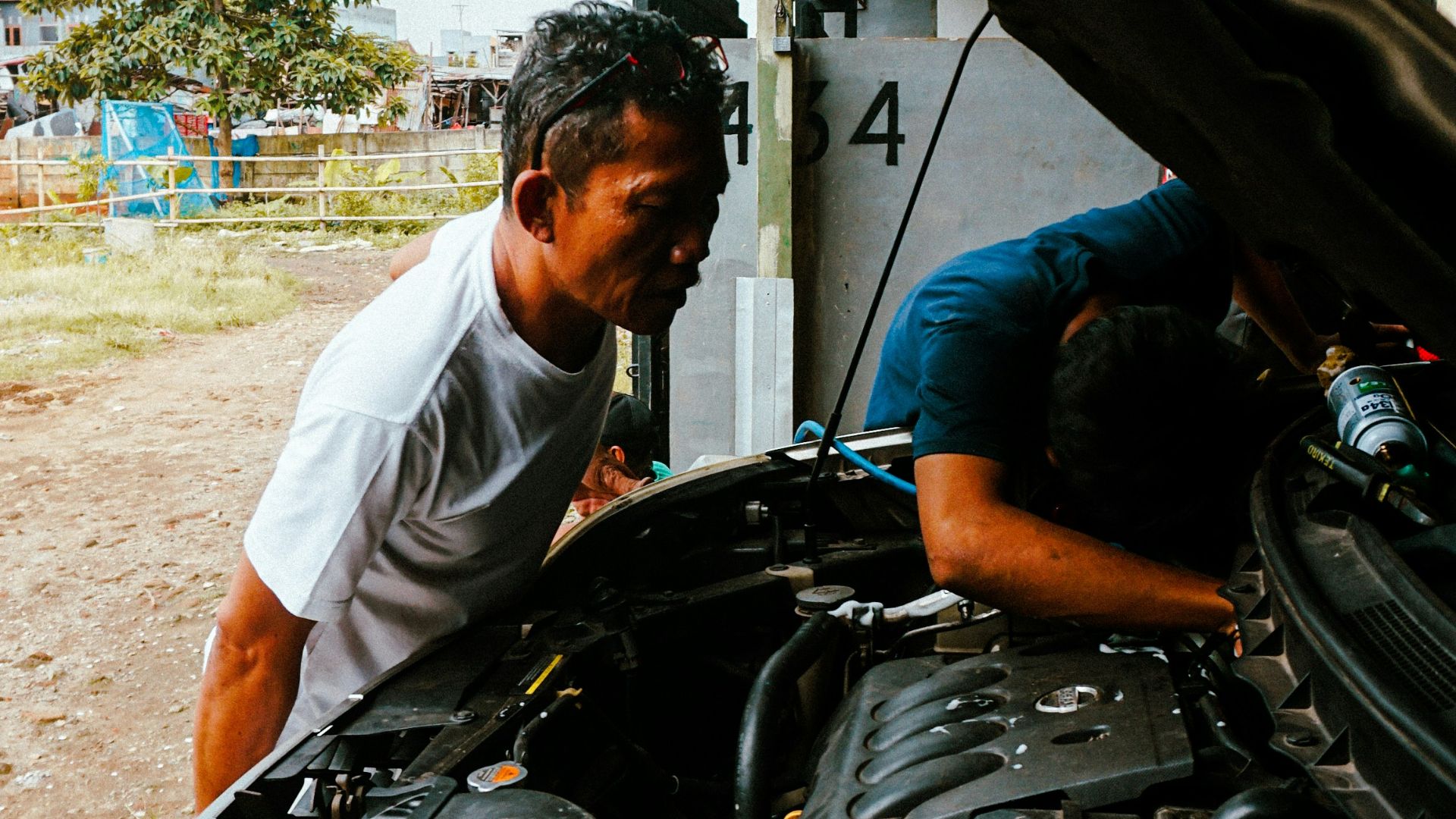10 Signs You Have A Bad Mechanic & 10 Ways To Find A Better One
Know The Difference
Something feels off about your current mechanic, but you can't quite put your finger on it. Maybe they rush you into decisions. Maybe their explanations never make sense. Trust that gut instinct because it's probably right. Bad service leaves clues everywhere if you know what to look for. And switching to someone better is easier than you think once you understand the game. So, let’s get started.
1. No Written Estimate Provided
When mechanics fail to provide written estimates, they often set customers up for an unpleasant surprise at the service counter. This deceptive practice, which some shops still attempt despite legal requirements in many states, contrasts sharply with professional standards.
2. Refusal To Show Faulty Parts
"Can I see the part you replaced?" It's a reasonable request any customer can make. While mechanics may respond that safety rules limit floor access, they should offer alternatives, such as showing you the component directly or providing photos or videos as documentation.
3. Vague Explanations
Professional auto repair demands transparent communication between mechanics and customers, with clear explanations of problems, testing procedures, and repair solutions in everyday terms. Unfortunately, some folks deliberately obscure their work behind technical jargon rather than providing straightforward answers.
4. High-Pressure Or Fear Tactics
High-pressure sales tactics are designed to rush customers into decisions before they can think clearly or seek other opinions. In auto repair, this often shows up as mechanics using scary warnings and claiming that cars might burst into flames without immediate work.
5. Refusal To Own Mistakes
Refusal to own mistakes is a key sign of a bad mechanic. A dishonest or poor mechanic will often pass the blame instead of admitting when they have made an error during repairs. They may avoid responsibility for misdiagnoses or faulty work.
6. Lack Of Proper Certification
Those certificates prominently displayed in your auto shop's waiting area tell an important story about professional standards. They showcase ASE certifications, including the prestigious Blue Seal of Excellence, which represent a mechanic's dedication to ongoing education and industry expertise.
 Is ASE Certification Worth It?? by Flat Rate Master
Is ASE Certification Worth It?? by Flat Rate Master
7. Only 5-Star Reviews
Here's a curious truth about auto shop reviews: those perfect five-star ratings might not tell the whole story. Some shops tend to actively hide negative feedback or manipulate their ratings, making it tricky to gauge their true service quality.
8. High Turnover Of Service Managers
Watch for frequent changes in service managers at auto repair shops—it's a major warning sign. This revolving door often reveals deeper issues, such as toxic workplace culture, poor leadership, and low team morale. Instead, seek out shops with stable, long-term management.
9. Unnecessary Upselling Of Services
Many drivers don't realize how common unnecessary upselling is at repair shops until they're faced with a laundry list of recommended services. These include expensive procedures like engine flushing, fuel injector cleaning, or other specialized services, regularly even when not required.
10. Poor Customer Service
Step into any auto repair shop's waiting area, and you'll quickly spot clues about their service quality. A tidy, well-maintained space often reflects the shop's overall professionalism, while a disorganized, dirty facility raises concerns. Most telling, though, are the staff interactions.
Now, let's talk about tracking down a mechanic you can trust.
1. Ask For Personal Recommendations
Starting your search for a trustworthy mechanic can feel daunting, but tapping into your personal network often highlights surprising solutions. Friends, family, and coworkers frequently know local hidden gems, especially valuable when they drive similar vehicles to yours.
2. Verify Transparent Pricing
When transparent pricing ranks as a top driver of customer loyalty in auto repair, smart shops recognize the business value of clarity. Leading mechanics provide detailed estimates before work begins, separately itemize parts and labor costs, and thoroughly explain all fees.
3. Start With Small Maintenance Jobs
Building trust with a mechanic begins with small steps, such as scheduling routine oil changes and tire rotations. These basic maintenance visits offer valuable insights into a shop's communication style, efficiency, and professionalism, all without a major financial commitment.
4. Ask The Right Questions
Like a skilled detective gathering evidence, your questioning strategy separates the true professionals from the pretenders. Armed with a written list of inquiries, investigate their certifications and experience levels, probe their repair methodology, and request detailed cost breakdowns.
5. Check For Brand Specialization
Modern brand-specialized garages are equipped with manufacturer-specific diagnostic equipment and customized tools made for particular makes. This technical foundation, combined with the latest brand-focused training and certifications, enables mechanics to diagnose and resolve vehicle issues more efficiently than general repair shops.
6. Use The Better Business Bureau
Getting stuck with an unreliable auto repair shop can empty your wallet and test your patience, but the BBB provides essential safeguards. Their website helps you filter accredited local services, investigate complaint histories, and examine how shops handle customer concerns.
7. Check Warranties
When choosing a repair shop, warranty coverage should drive key decisions at multiple steps. Start by comparing basic policies. Bumper-to-Bumper warranty covers most parts and systems in the vehicle. This excludes wear and tear, as well as maintenance items.
8. Use AAA-Approved Facilities
AAA maintains strict quality control through regular facility inspections and requires certified technicians at all approved repair shops. This rigorous oversight translates into reliable service backed by a two-year or 24,000-mile guarantee on repairs. As a bonus, AAA members can enjoy labor discounts.
9. Check For Modern Diagnostic Equipment
Modern diagnostic equipment can quickly read error codes from a car’s onboard computer, helping pinpoint problems that might be difficult to detect through manual inspection alone. Such tools include OBD-II scanners, computerized engine analyzers, and brake testers.
 How to Use an OBD2 Scan Tool by EasyAutoFix
How to Use an OBD2 Scan Tool by EasyAutoFix
10. Trust Your Instincts
If something feels off or uncertain about your mechanic's diagnosis or repair advice, trust your instincts. Don't hesitate to seek a second opinion from another trusted mechanic. This step aids in confirming the accuracy of the diagnosis and protects against unnecessary or overpriced repairs.


























